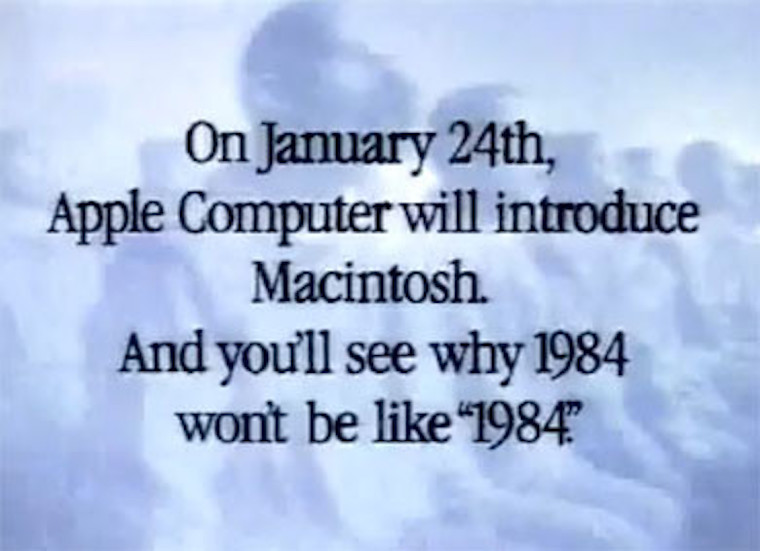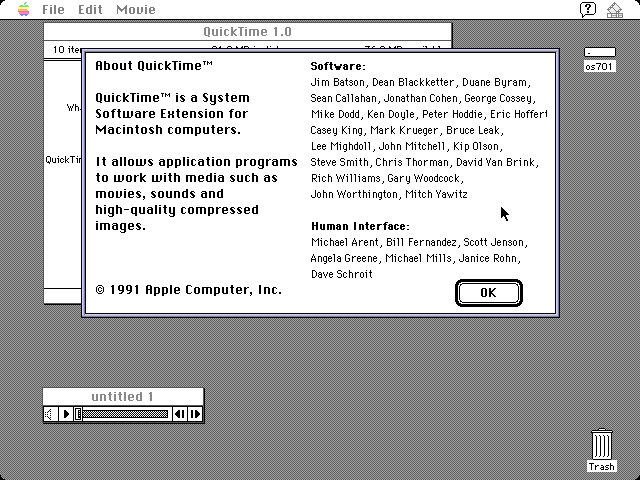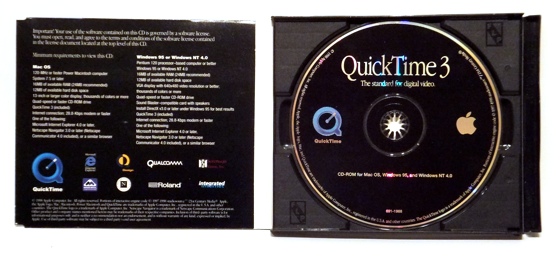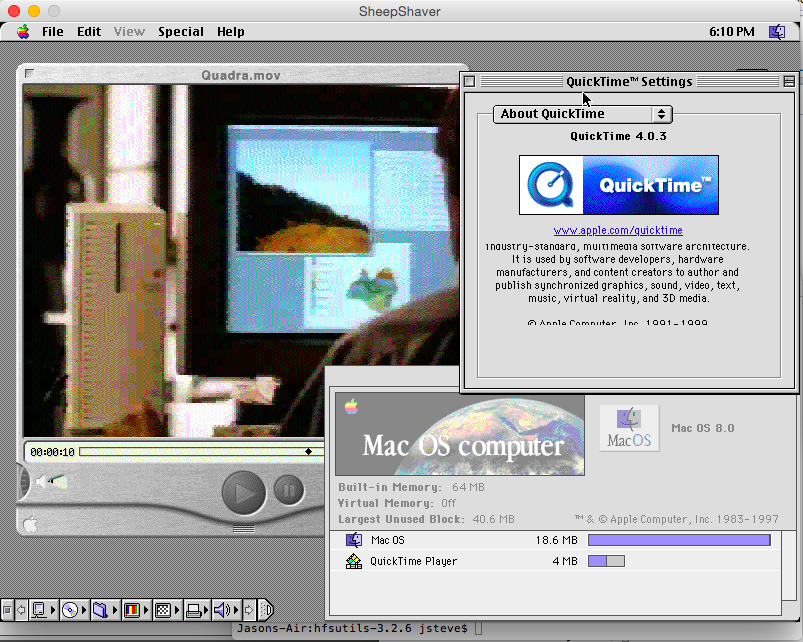The multimedia player QuickTime Player is an integral part of our Macs today. Although some users prefer third-party players, QuickTime is a major milestone for Apple. Come back with us to the nineties, when it saw the light of day.
The first beta version of the QuickTime multimedia player was launched by Apple in the middle of 1991. Mac owners of the time finally got a unique opportunity to play video files on their computers without the need for additional hardware. Today it is hard to imagine computers without the automatic ability to play video content, but in 1991 the arrival of the QuickTime player marked a real revolution and a huge step forward.
A germ from the eighties
In the 1980s, engineer Steve Perlman developed a program for Apple called QuickScan to play videos on the Mac. The program received its demo version for the wider public, but before the official release of the full version, the project was swept off the table. The reason was the need for its own graphics chip. But Apple did not want to give up the idea of its own video player.
This video was part of the QuickTime Player version 1.0 CD-ROM that Apple distributed to developers in 1991. The size of the original video clip is a whopping 152 x 116 pixels.
Slow start
The QuickTime 1.0 player was first introduced at the Worldwide Developers Conference in May 1991. The iconic 1984 commercial was played as part of the presentation. Apple began distributing the first beta versions of the software in June 1991, and the final version of the player was released to users on December XNUMX of the same year.
It could be interest you

The first version of the QuickTime player boasted a number of features that still work great today - extended media support, open file formats, or perhaps add-ons for editing functions. In addition, QuickTime was able to cope well with possible computer shortcomings, such as a slow CPU. On the Mac IIci of the day, QuickTime Player played movies at 160 x 120 pixels at 10fps.
A reliable fixture
QuickTime Player received its first update in the form of version 2.0 in 1994. Version 2.0 was the only paid version and came with support for music files, extended controls and facilities for MIDI data. From 1998, QuickTime gradually gained support for graphics operations, before the end of the millennium, the player also received the function of playing MP3 files, which at that time were just gaining popularity.
QuickTime version 5 was a huge success, with hundreds of millions of downloads in its first year. "More than 300 users download QuickTime to their Macs and PCs every day," Phill Schiller said at the time. Apple also launched apple.com/trailers, where users could download trailers for the latest movies and play them on QuickTime in high quality.
In June 2009, Apple presented QuickTime X as part of its WWDC. The new version allowed, among other things, advanced editing capabilities, sharing on YouTube, the ability to record video and audio streams and live streaming or the ability to record screen content.
Despite the ever-increasing number of third-party players and their growing popularity, there is a large group of users who cannot tolerate good old QuickTime.
Do you use QuickTime Player? Which version do you think was the best and what should Apple improve?




Quicktime is the biggest piece of crap that has ever been on Mac, next to it iTunes can be compared, especially its latest version. I don't use QT, I replaced it with VLC or Movist.
If QucikTime here means QuckTime Player, I would slightly correct the statement that version X brought some advanced editing - on the contrary, it was probably the first version that started cutting functionality. That's why I still have version 7 Pro installed, which was the last one to offer editing options that I thought were normal until the arrival of version X (crop, copy/paste, rotate, mirror, zoom in/out, export and just individual components, ...). Version X thus ended the era of really useful QuickTime.
The problem with QuickTime for me is mainly the dependence on an external set of codecs in the system, thanks to which the player is completely useless today for anything that has not loaded HW from Apple.
VLC with compiled codecs absolutely crushes it. And as an Editor, the current version is also useless, so I guess..
I have been using QuickTime for many years. Since I work as a coach, I have to analyze the game of opponents or my own wards at tournaments. For videos in .mov or .mp4 format, QuickTime in combination with the track pad on the macbook is unmatched. Likewise, the conversion speed of source video shot with an AVCHD camera is significantly faster than using other third-party software.
Of course, for viewers of downloaded movies in .mkv, QuickTime is useless.
You got it wrong. QT is a technology that sits deep in the System, it is a so-called matryoshka doll with codecs, graphics support, etc. It is called, for example, by the program FinalCut, LogicPro or the former Aperture and many other system utilities and Applications. Try to completely throw QT out of the System and you will see the mess, crashes. QTPlayer is a multimedia player as you write, roughly at the level of VLC and others. If you throw it away, nothing happens.